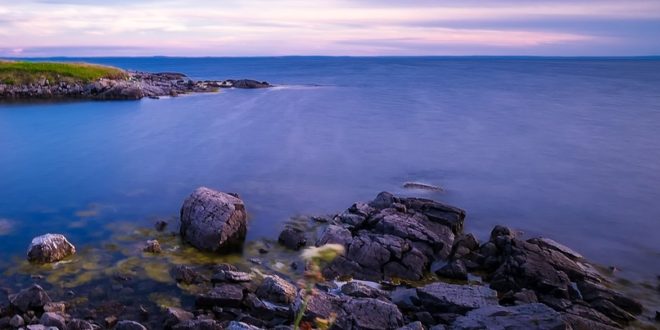
One of the more variable factors with which plants and animals must contend in the St. Johns River is salinity, or salt concentration in the water. Yet it is also critically important to many species. Few can handle a wide range of salinities.
We can measure salinity by determining the salt concentration in the water in several ways. The simplest is to take a liter of salt water and evaporate all the water, then measure the amount of salt that remains. For typical ocean water, we will find 35 grams of salt left, which we express as 35 parts per thousand.
Now, bear with me for a little science. A liter contains 1,000 milliliters, and 1 milliliter of fresh water weighs 1 gram. We use water as our standard for density, or specific gravity, where the mass is divided by volume. Fresh water has a density of 1. As you add salt, the density, or weight per unit volume, increases. So you can also determine salinity using a hydrometer that measures density or specific gravity. The denser the sea water, the higher the specific gravity, the higher the salinity.
But the easiest way to measure salinity is by using electrical current or conductivity. We have very accurate hand-held salinometers that are calibrated using the resistance of sea water to determine salinity. The higher the salt content, the more conductive the sea water is for electric current.
When we look at the salinity distribution in the St. Johns River, we find a predictable pattern. The closer to the ocean, the higher the salinity. And, as you might expect, as the tide rises, it pushes sea water farther up the river. And because sea water is denser than fresh water, salt water tends to have a higher salinity on the bottom than the top. In certain situations, you can get a salt wedge pushing up into the river, with the fresher, less dense water riding out on top as the denser sea water pushes in on the bottom. And it can move with the tide.
As you might imagine, rainfall plays a huge role in determining salinity, especially in the St. Johns River. Because the river drains about one-sixth of the state, its salinity is highly dependent on rainfall. And because the river is so long, 310 miles, heavy rainfall in the upper basin, or south of Jacksonville, affects salinity in the lower basin in Jacksonville. This was especially true in 2016 when Northeast Florida experienced a drought, with only 38 of our normal 53 inches of rain, while Central Florida received more than 60 inches of rain.
This makes for a dynamic situation for river life. Some animals can tolerate a wide range of salinities. We call these organisms euryhaline, or broad salinity-tolerant. Other species are termed stenohaline, or narrow salinity-tolerant, because they cannot survive in water with varying salinity. That means that freshwater species must live in fresh water, while saltwater species must live in the ocean.
Most plants and animals are limited by salinity as to where they can live. But there are exceptions. Salmon, shad and striped bass are born in fresh water, migrate to the sea to live, but then return to fresh water to breed and die. We call these species catadromous, meaning to run down. Eels, on the other hand, are anadromous, meaning to run up, and are born in the sea, go to fresh water to live, then return to the sea to reproduce and die.
We have tremendously affected the salinity of the St. Johns River by dredging, filling wetlands and paving large areas for development. We hope we can be smart in our resource management in the future to lessen these impacts so future generations can enjoy the river.
Ask River Life
How does the cold weather affect animal life in the river?
Many organisms simply leave the area when it gets cold. For example, most of our manatees move south to warmer waters when the temperature goes below about 68 degrees. Other animals become dormant; their metabolism slows down and they burrow themselves in the mud over winter. This is true of things like crabs and shrimp. Still others stay here, just moving more slowly, feeding less and generally taking it easy until the weather warms
River Life runs the last Friday of each month in The Florida Times-Union. E-mail A. Quinton White, executive director of Jacksonville University’s Marine Science Research Institute, with questions about our waterways at qwhite@ju.edu. For more on the MSRI, visit ju.edu/msri.
 Wave Magazine Online Jacksonville University News Hub
Wave Magazine Online Jacksonville University News Hub
